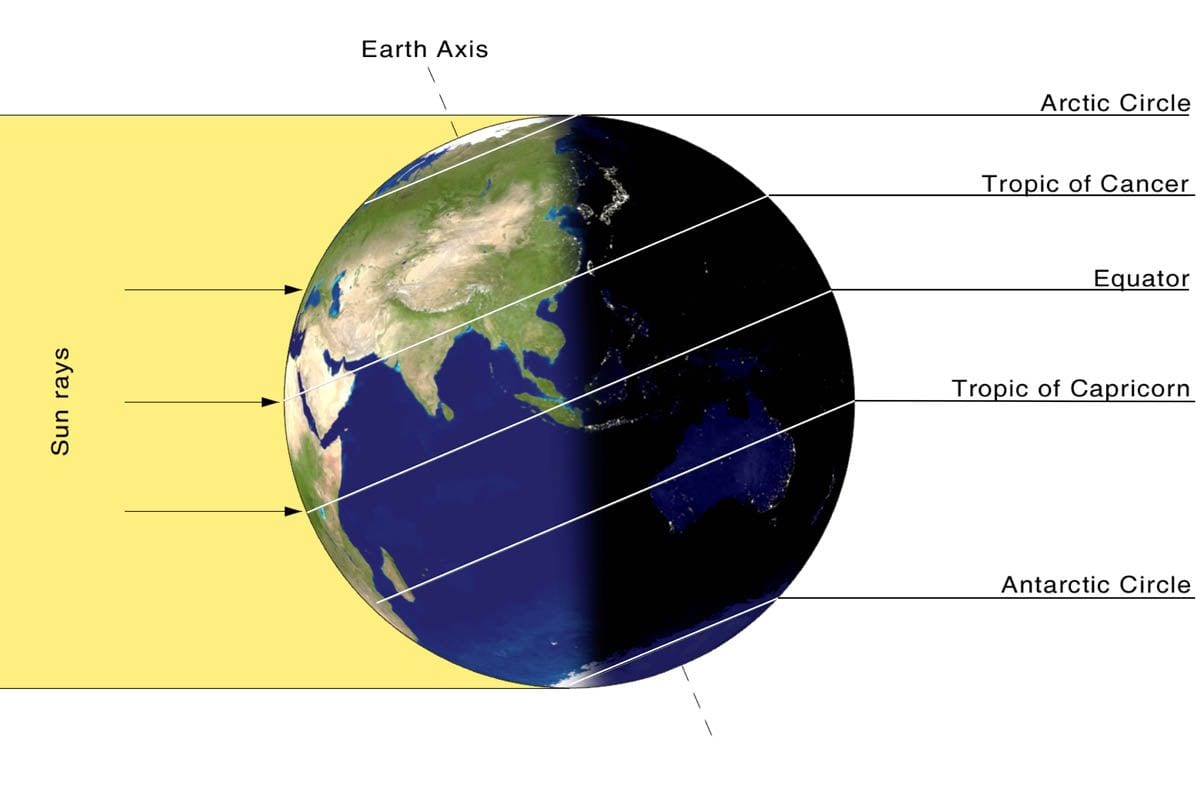Summer Solstice is a great day for solar production. Here’s why.

The day with the longest period of daylight (excluding the polar regions), the summer/estival solstice, also known as midsummer, occurs when a planet’s rotational axis, or geographical pole on either its Northern or its Southern Hemisphere is most pointed toward the star that it orbits. This happens twice each year (once in each hemisphere), when the Sun reaches its highest position in the sky as seen from the North or South Pole.
The summer solstice occurs during the hemisphere’s summer. This is known as the December solstice in the Southern Hemisphere and the June solstice in the Northern Hemisphere. Depending on the shift of the calendar, the summer solstice occurs sometime between December 20 and December 23 each year and between in the Southern Hemisphere and June 20 and June 22 in the Northern Hemisphere. The same dates in the opposite hemisphere are referred to as the winter solstice.
On summer solstice in Los Angeles, the daylight lasts for 14 and a half hours, while Fairbanks Alaska, being so far North, daylight lasts nearly 23 hours.
In conclusion, more hours of sunlight means more potential for solar production.
Filed Under:
have questions?
Schedule a consultation
Find out more with an honest, no pressure consultation
with our team of solar experts.